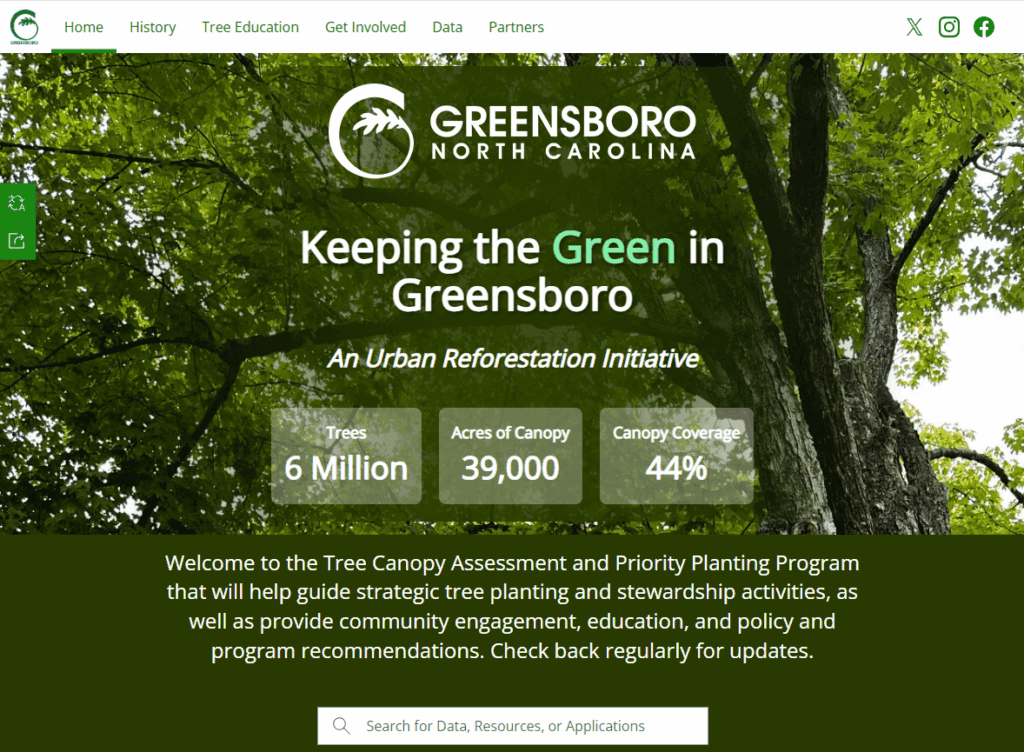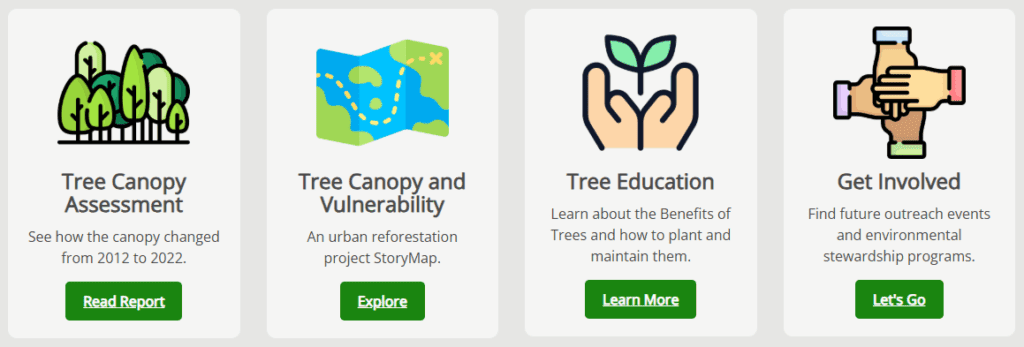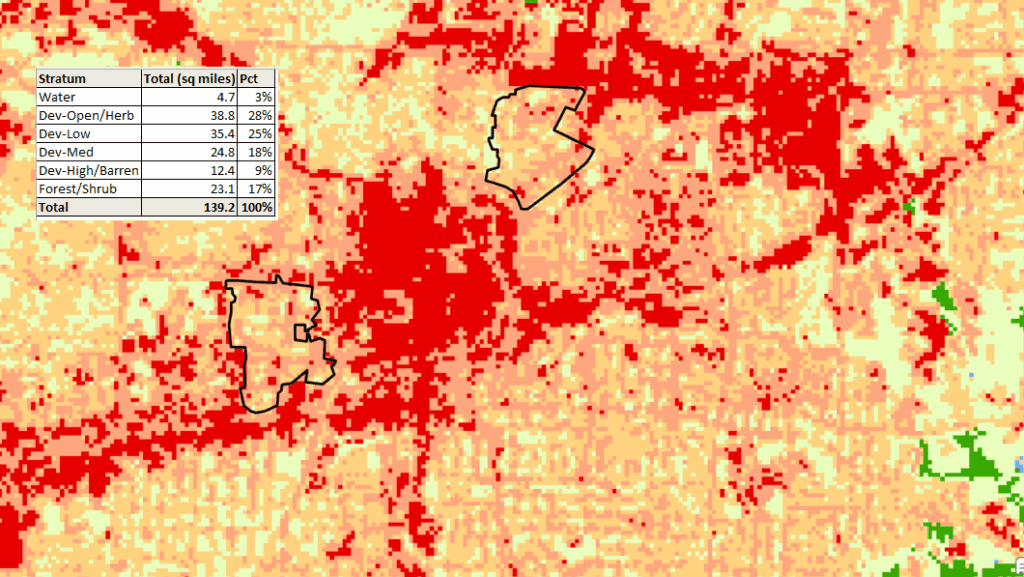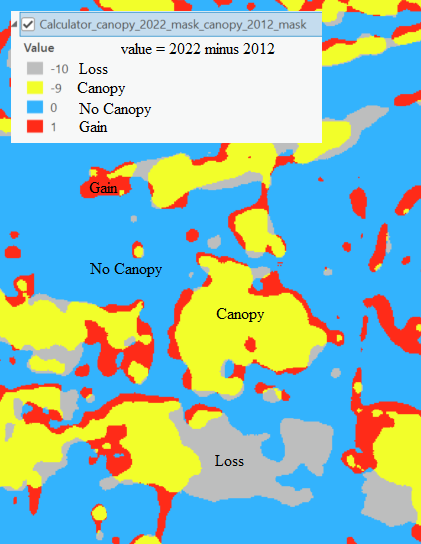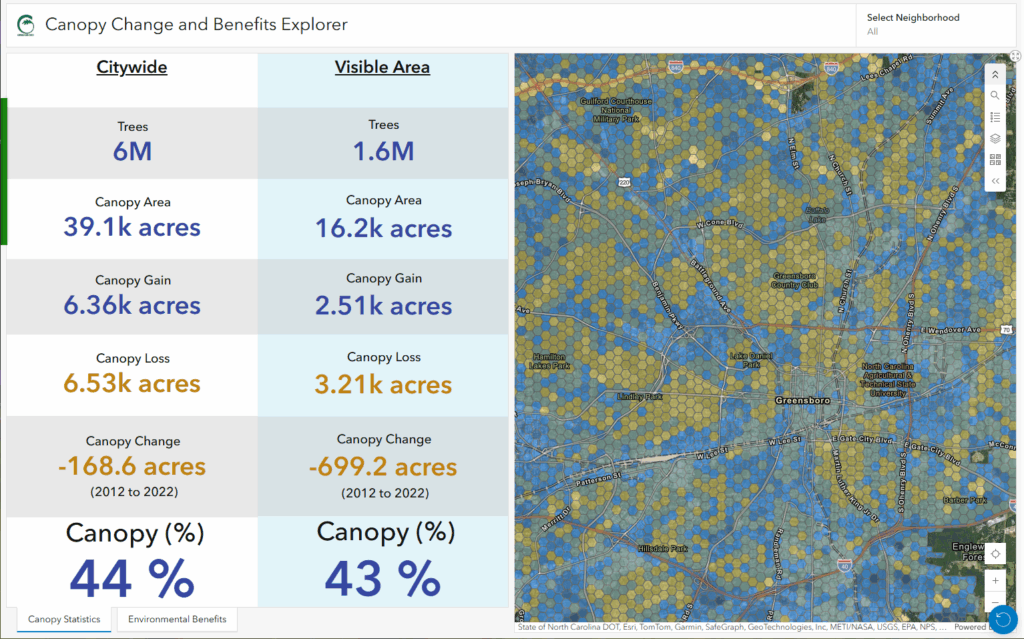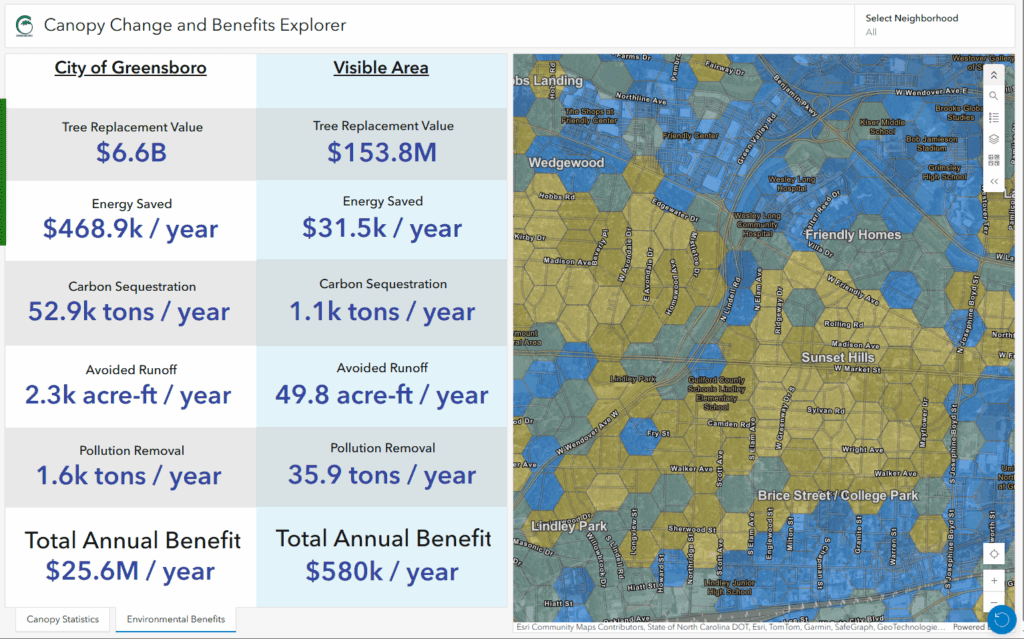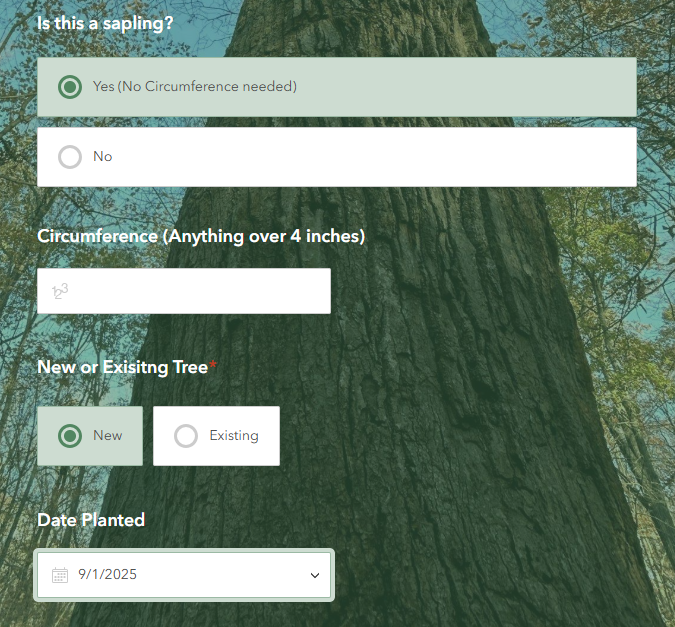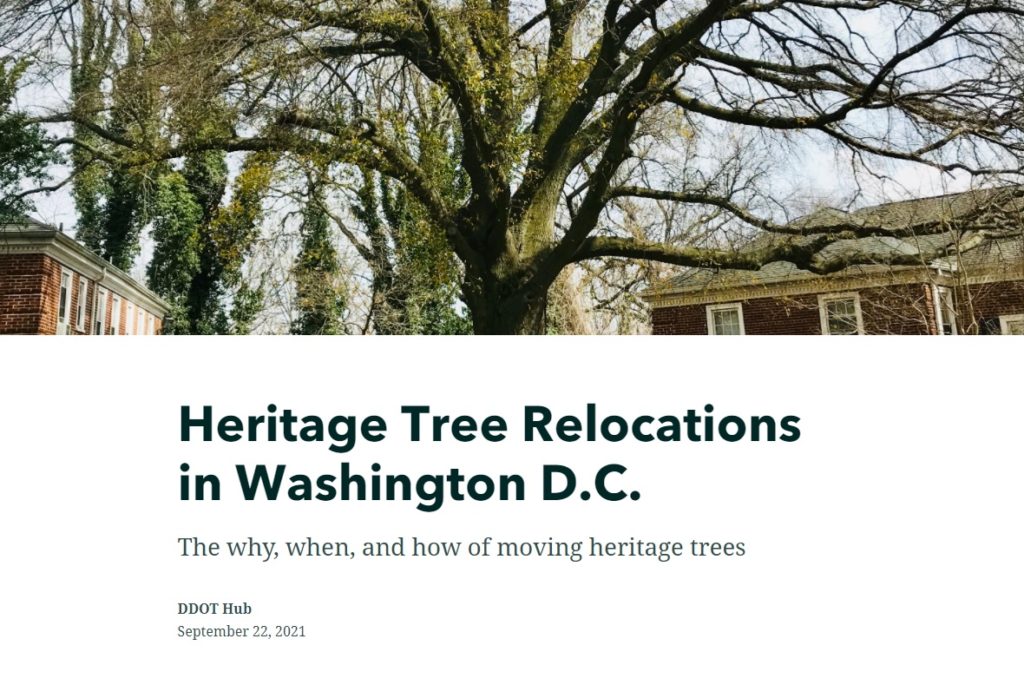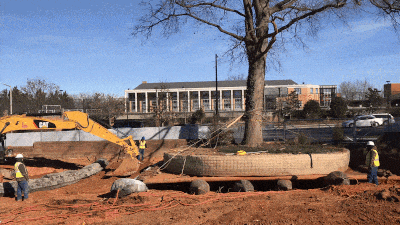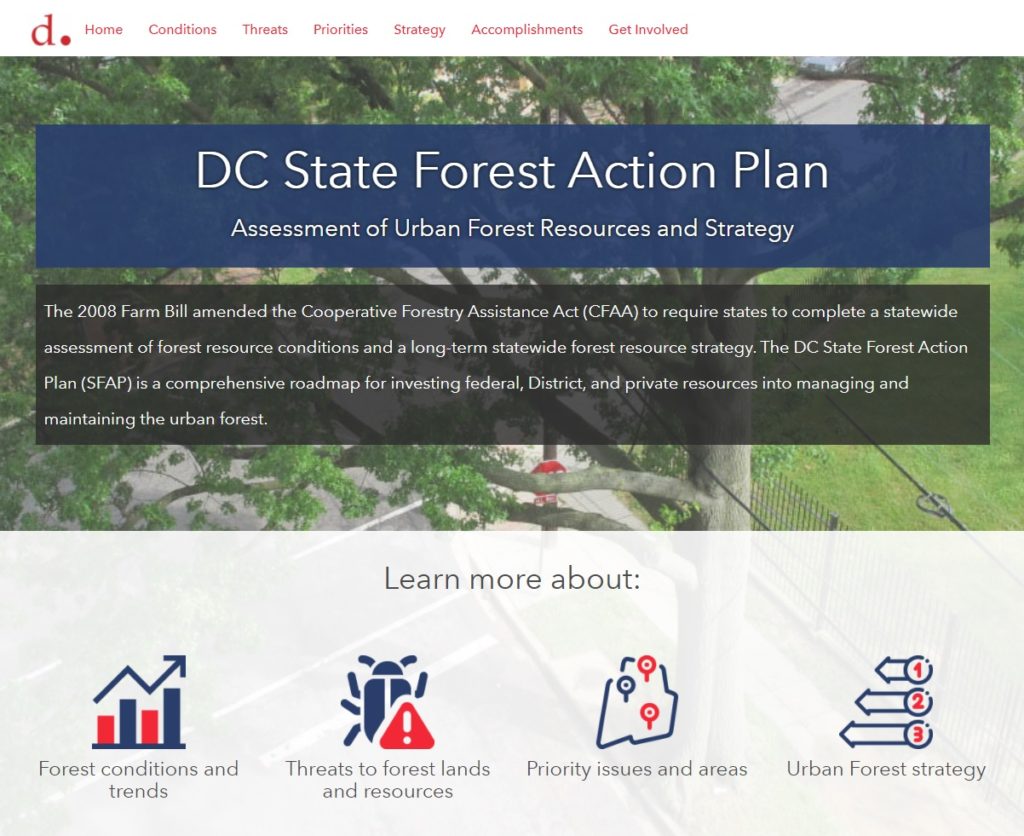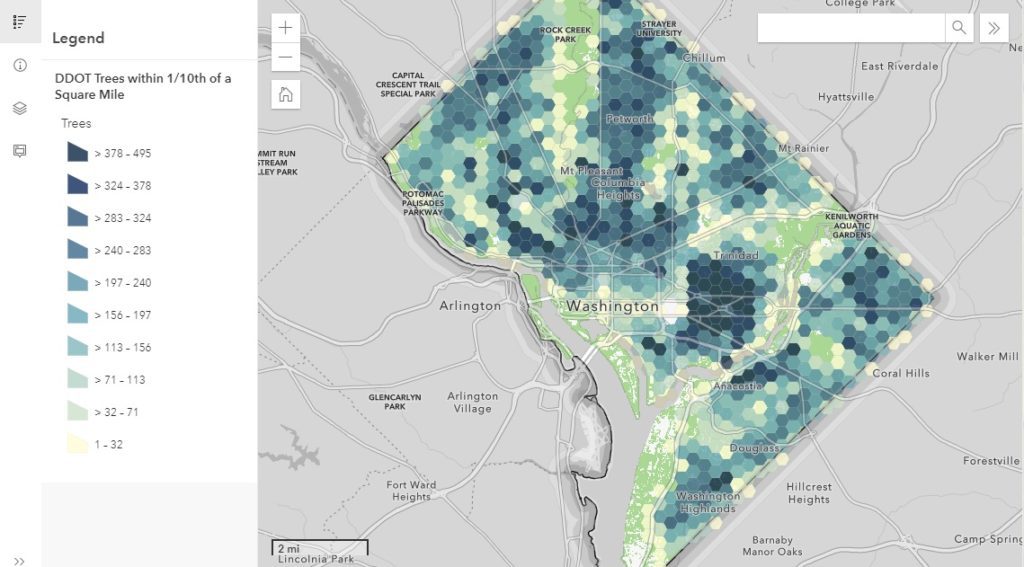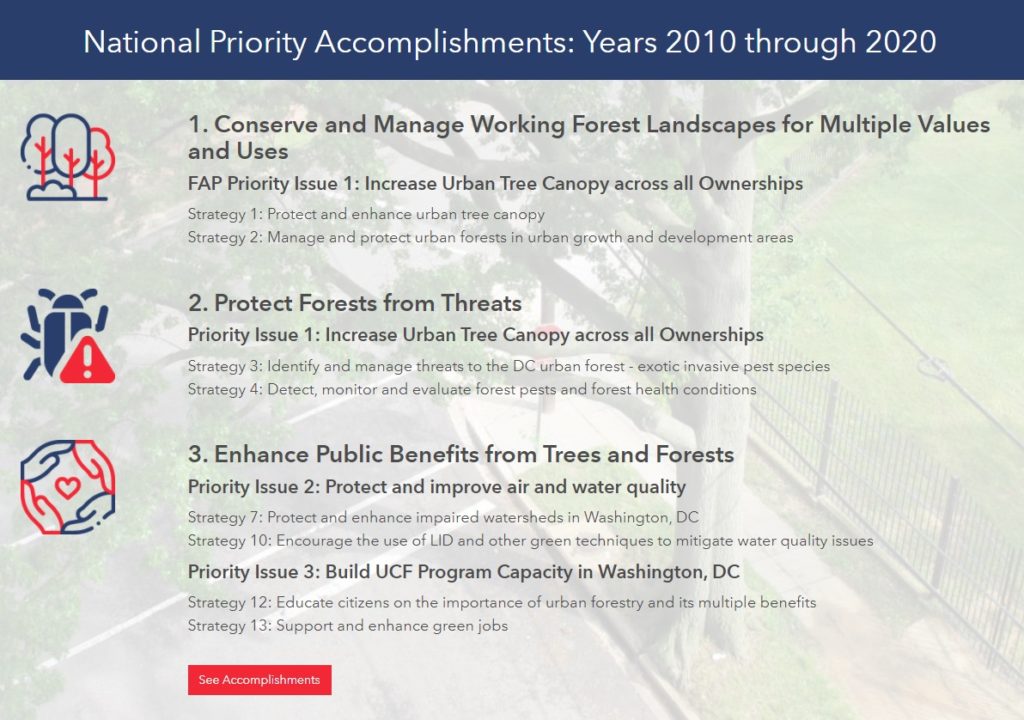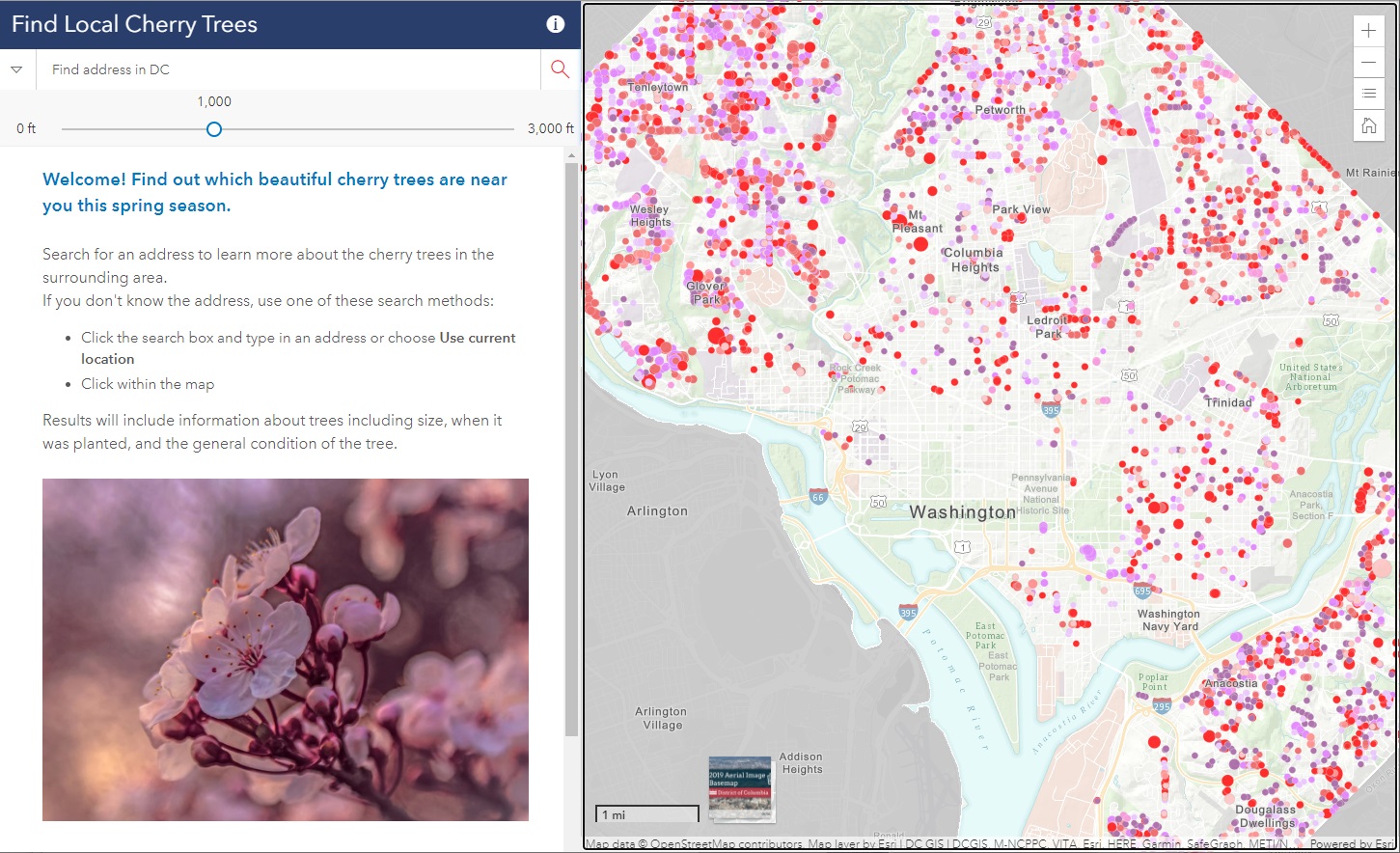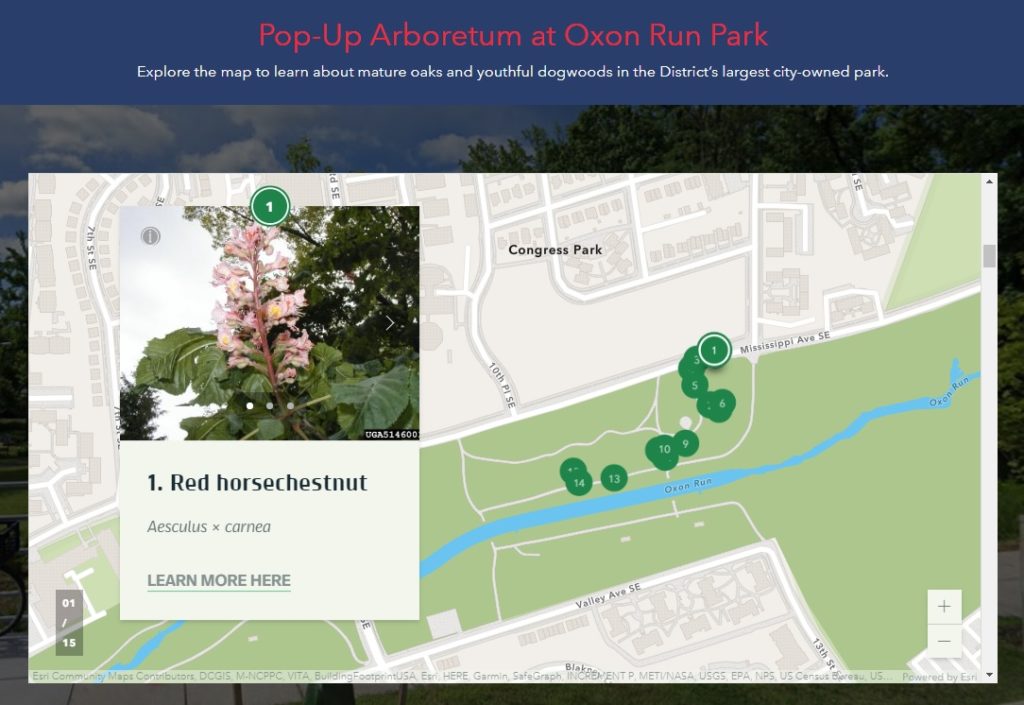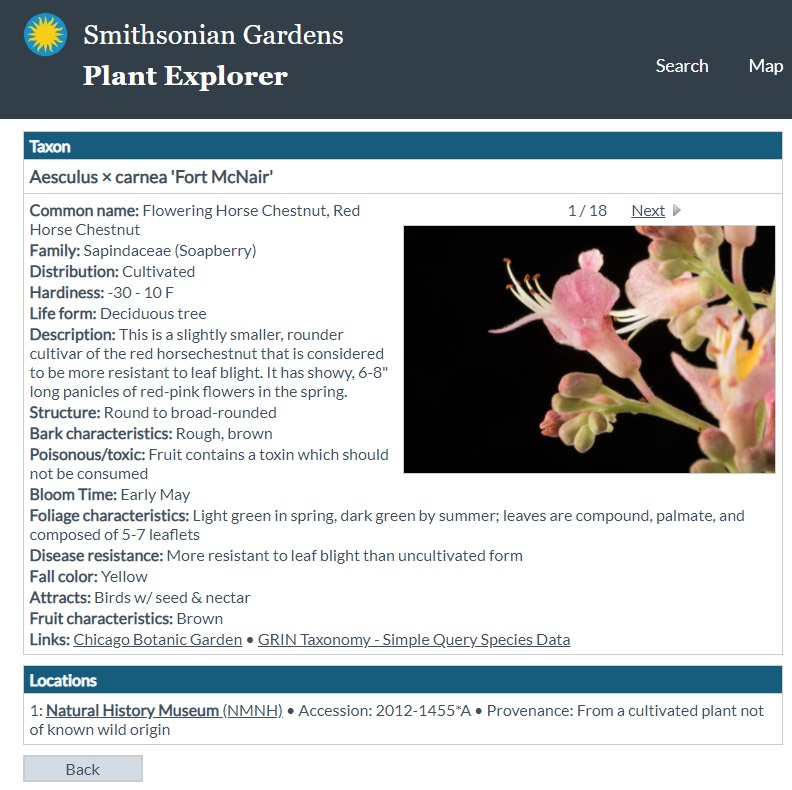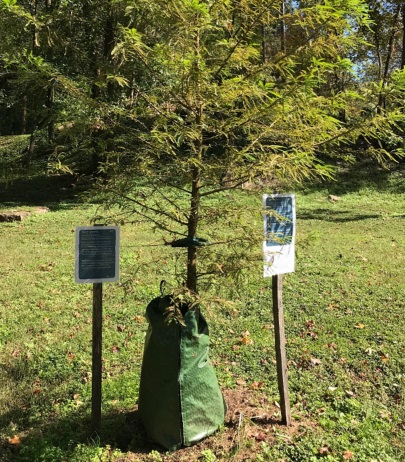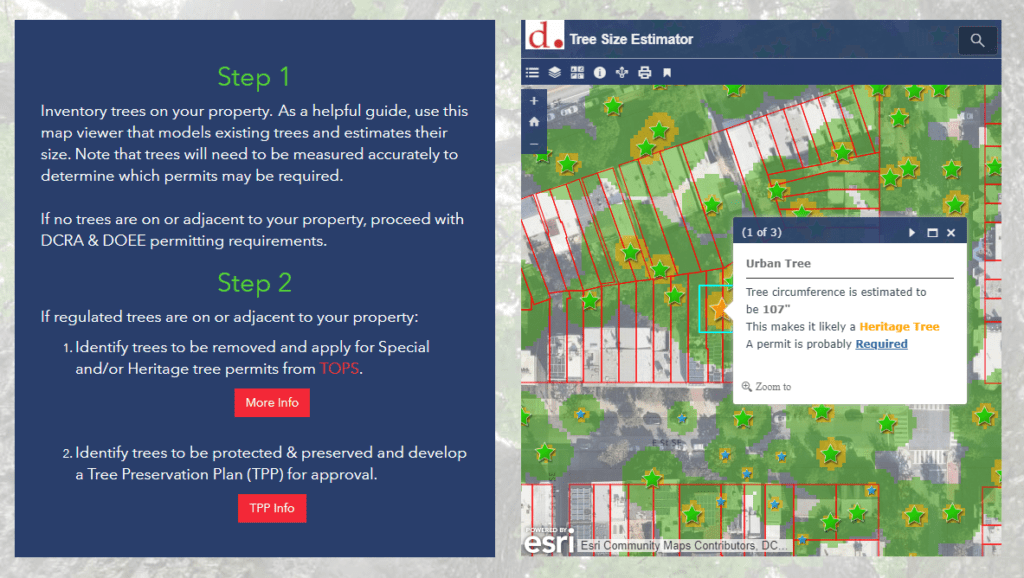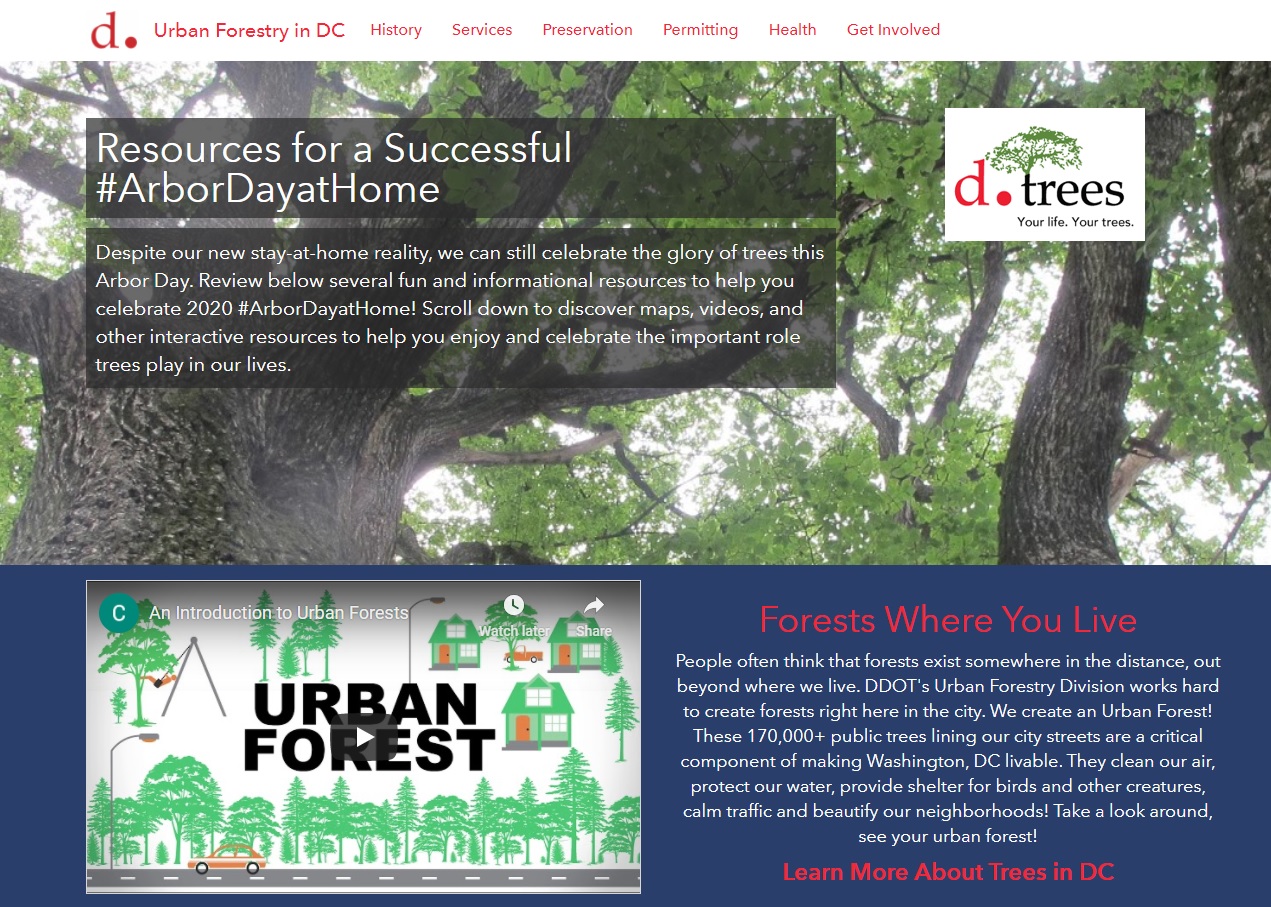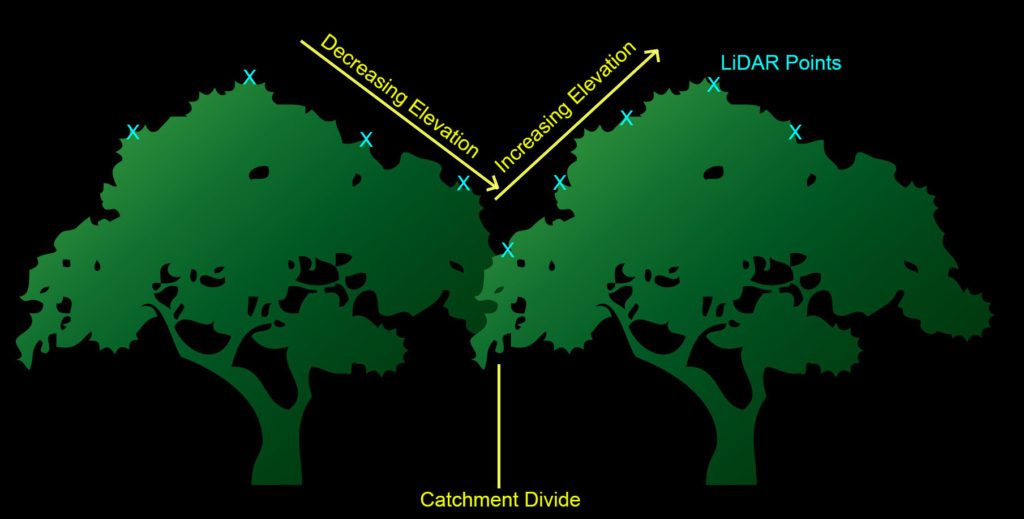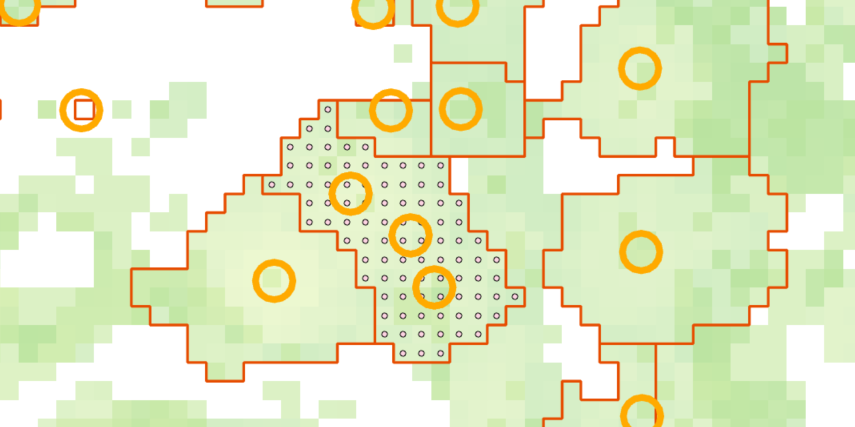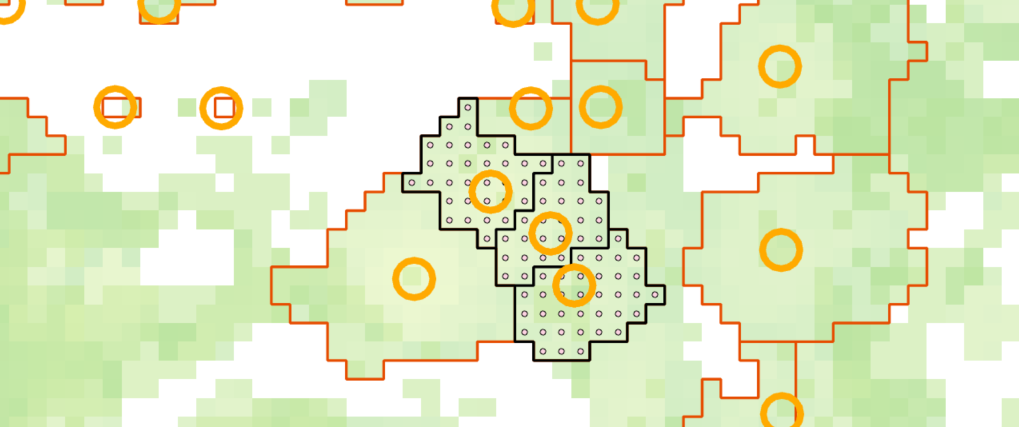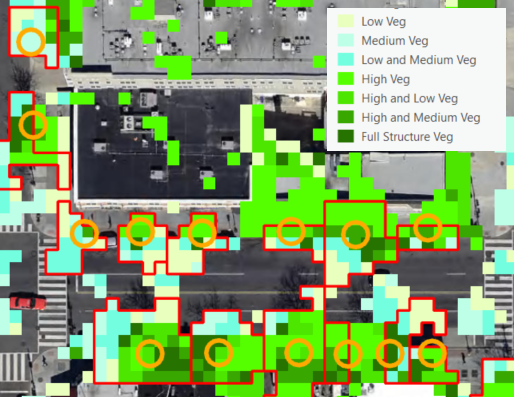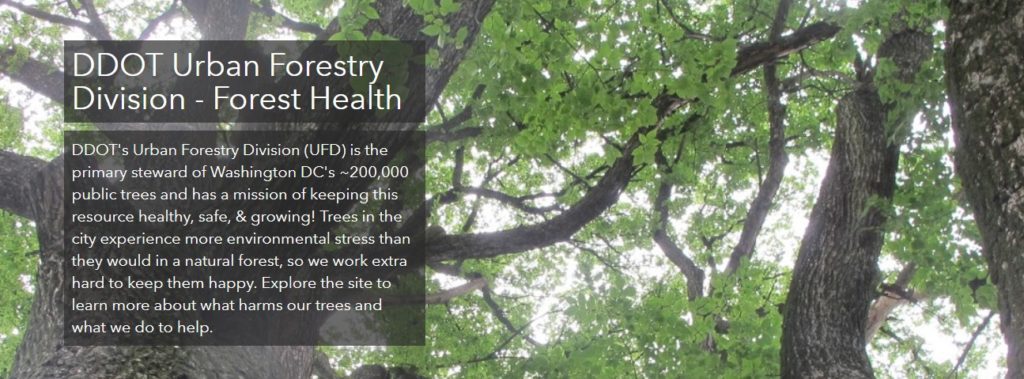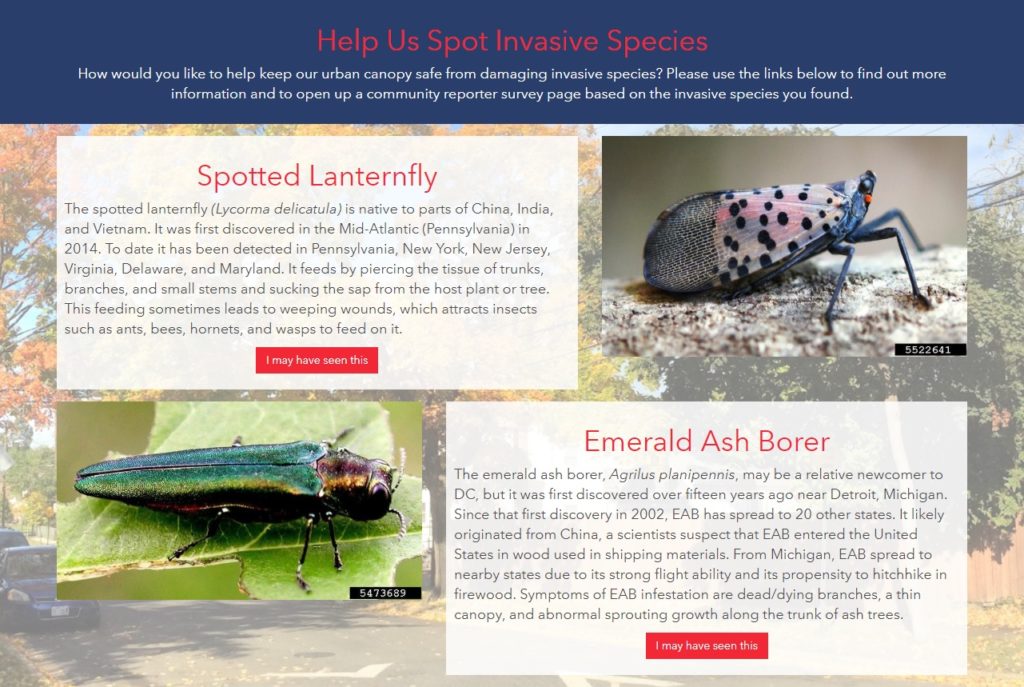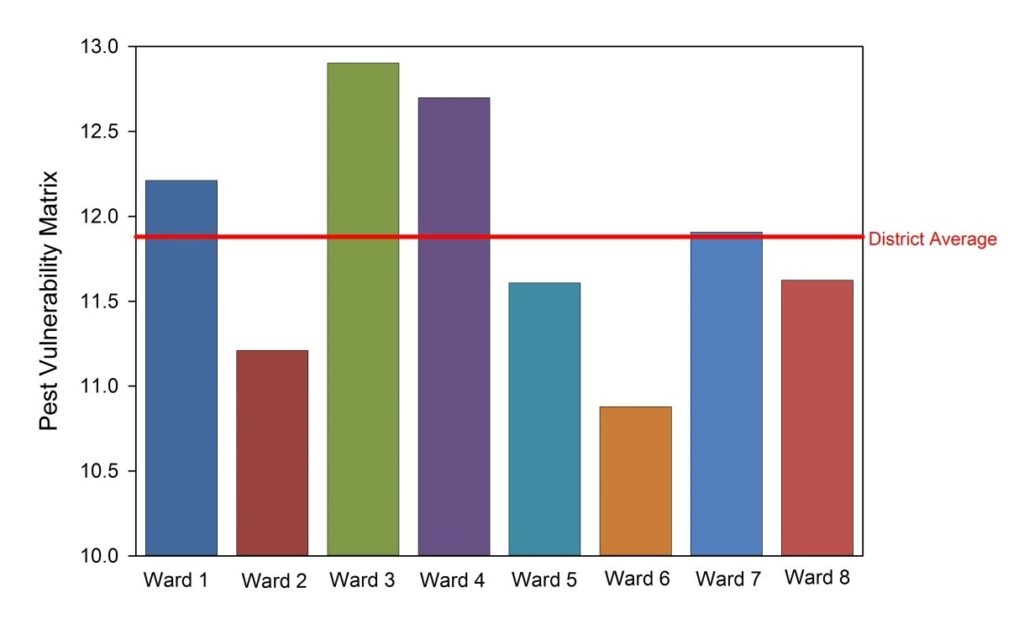SymGEO is proud to announce the launch of the City of Greensboro’s Tree Canopy Assessment and Priority Planting Program hub site!
This platform is the result of a collaborative effort between Planning Communities (project lead), SymGEO, Breece Robertson Consulting, and the Office of Sustainability and Resilience for the City of Greensboro, NC. The hub is designed to guide strategic tree planting and stewardship efforts, while also supporting community engagement, education, and policy and program recommendations to grow and protect Greensboro’s tree canopy.
Built on Esri’s ArcGIS Hub technology, the site leverages ArcGIS StoryMaps, Dashboards, and Survey123 to create an interactive experience for residents and tree-planting partners, making it easier than ever to explore Greensboro’s urban forest and get involved.
The hub features quick facts and figures about the tree canopy and its benefits, along with other reports and future plans for the City’s urban forest.
SymGEO led Greensboro’s tree canopy assessment by combining advanced spatial data processing, statistical analysis, and environmental benefit modeling. Using Deep Learning in ArcGIS Pro, high-resolution imagery was classified into distinct land cover types and paired with National Land Cover Data to build a detailed picture of the city’s landscape. Insights from 5,000+ sampled trees were expanded citywide using Forest Inventory Analysis methods, providing a statistically reliable estimate of tree canopy conditions across Greensboro. These results were then processed through i-Tree Eco tools to calculate the environmental benefits that trees provide—such as cleaner air, stormwater management, energy savings, and improved quality of life. This assessment equips city leaders and residents with valuable information to guide urban forestry decisions, prioritize tree planting, and maximize the community benefits of Greensboro’s urban canopy.
The Deep Learning classification method was repeated using historic imagery and then compared to current results to show areas of canopy loss, gains, and future planting opportunities (potential planting areas).
Canopy statistics were summarized in a dashboard featuring both canopy changes and environmental benefits.
The results of the canopy assessment were combined with a detailed vulnerability assessment performed by Planning Communities and summarized in an interactive dashboard that shows where planted trees would provide the greatest benefit.
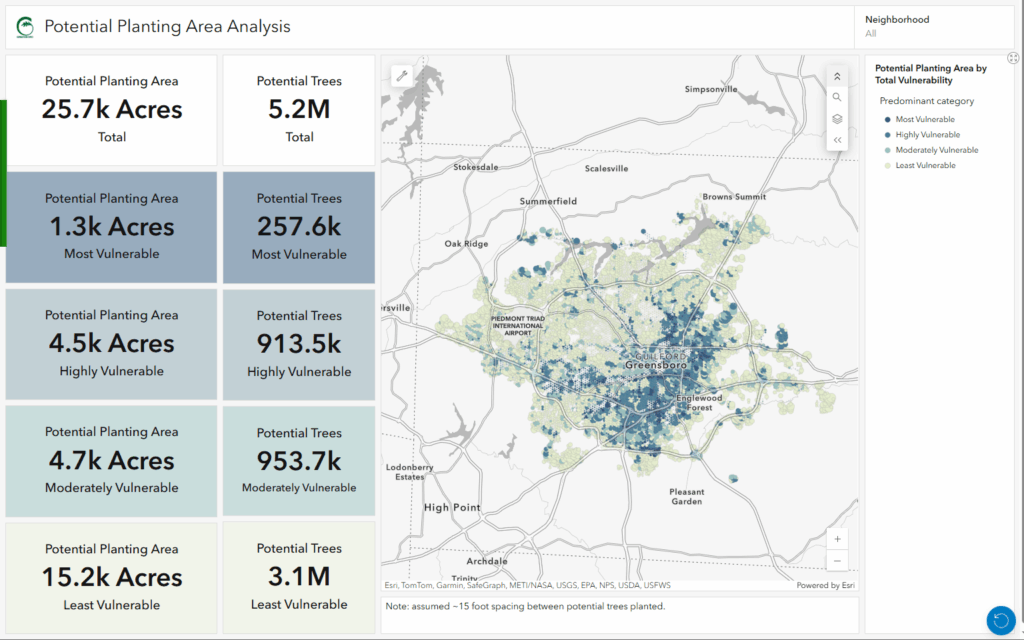 The hub site also features a resource section that facilitates the exploration of best practices regarding planting, maintaining, and planning for future trees.
The hub site also features a resource section that facilitates the exploration of best practices regarding planting, maintaining, and planning for future trees.
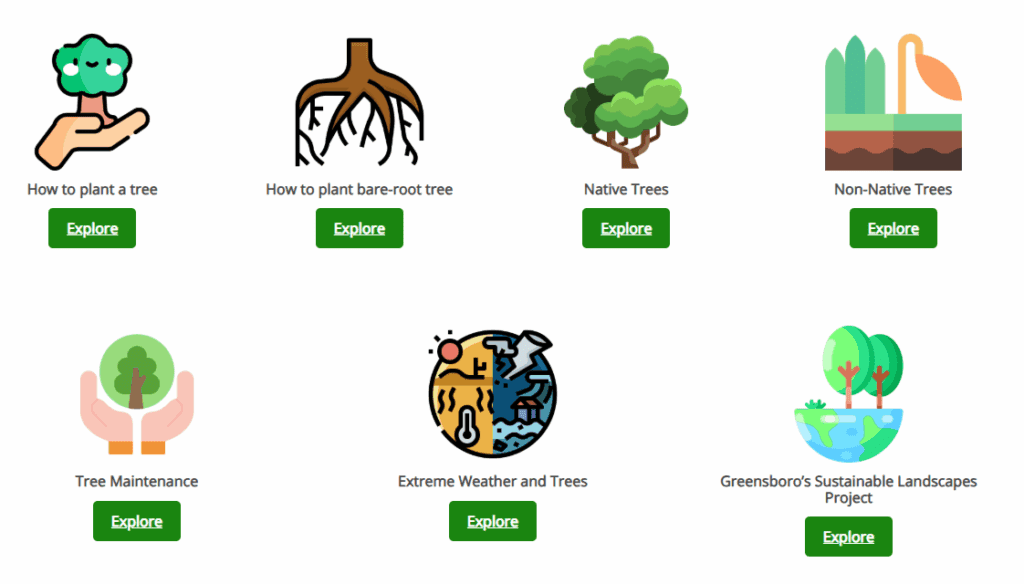
A survey to capture new trees planted by residents was built using Survey123 and encourages 2-way stakeholder engagement.
“The hub is an amazing visualization of multiple data points and information uniting on one platform – solidifying a need for continuous growth in Greensboro, one tree at a time!”
– Shree Dorestant, Chief Sustainability Officer, City of Greensboro NC
“Creating a place for the citizens to interact with their data in a useful way was a high priority for this project. Every Hub element and dashboard was designed to get the residents to understand how the canopy impacts their house, their neighborhood, and the city as a whole.”
– John Hendricks, GIS Analyst, City of Greensboro NC
Talk to our industry experts if your agency or organization is interested in conducting a canopy assessment or leveraging the power of Esri’s ArcGIS Online and analytical technology – SymGEO is here to help!
